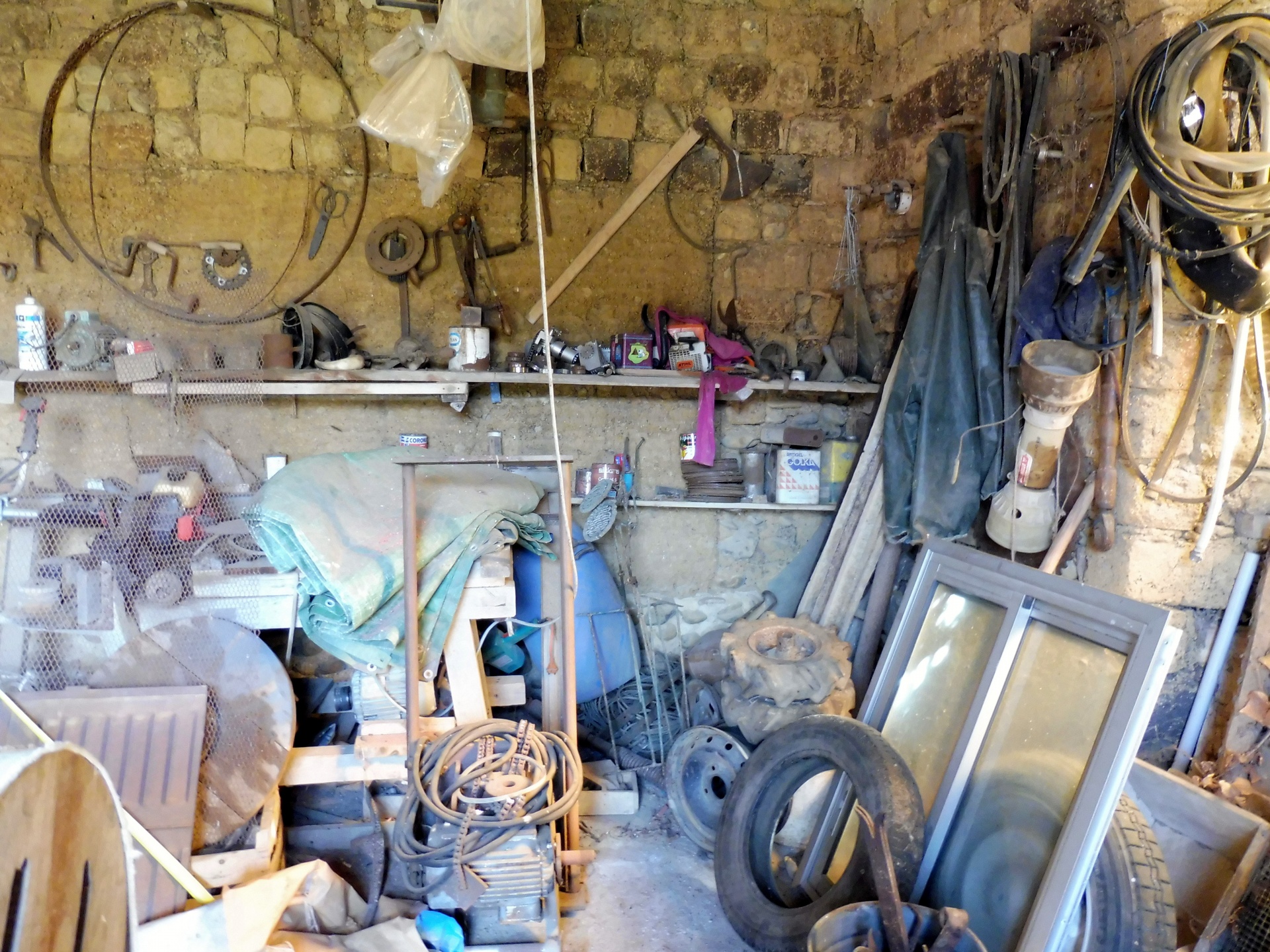Wondering if you should put a rug under your dining table? You’re not alone. Many people grapple with this decision while decorating their dining spaces. A rug can add warmth, style, and a splash of color, but it also comes with its own set of challenges.
From protecting your floors to creating a cohesive look, rugs can transform your dining area. However, you might worry about spills, stains, and maintenance. Let’s explore the pros and cons to help you decide if a rug under your dining table is the right choice for you.
The Benefits of Placing a Rug Under a Dining Table
Enhanced Aesthetic Appeal
A rug can transform your dining space. It adds color and texture, making the area look more inviting. Rugs define the space, especially in open floor plans. Choose patterns and materials that complement your decor.

Additional Comfort and Warmth
Rugs add comfort underfoot, especially on hard surfaces like tile or wood. They provide extra warmth during colder months. This makes the dining experience more pleasant for you and your guests.
Noise Reduction
Rugs help soften sounds in a dining area. They absorb noise from chairs and footsteps. This creates a quieter, more enjoyable dining environment.
Considerations Before Adding a Rug
Evaluate several factors before placing a rug under your dining table.
Size and Shape of the Rug
Ensure the rug extends at least 24 inches beyond the dining table on all sides. This provides enough space to pull chairs out without losing balance. For a round table, choose a round rug to create symmetry, or opt for a rectangular rug if the room’s layout demands it.
Material Suitability
Pick durable materials like wool or synthetic fibers. These withstand heavy furniture and frequent chair movement. Avoid high-pile rugs, as they can trap dust and debris.
Ease of Cleaning
Opt for rugs that are easy to clean. Materials like polypropylene resist stains and are simple to vacuum. Consider rugs with patterns that can hide spills and crumbs, reducing the need for constant cleaning.
Style Coordination Tips
Ensure your rug complements your dining space. Cohesion creates a polished look.
Matching Rugs with Furniture
Harmony occurs when the rug matches your dining table and chairs. Choose materials that blend with your furniture finishes. A wooden table pairs well with natural fiber rugs like jute or sisal. For modern furniture, consider sleek, low-pile rugs.
Avoid clashing styles. If your furniture is ornate, opt for a muted rug. Simple furniture benefits from bold rugs.
Choosing the Right Colors and Patterns
Select colors that tie the room together. Neutral rugs offer versatility. Bold patterns add character to minimalist spaces.
Compliment existing colors. Match or contrast with your wall and furniture tones. If your walls are bright, a neutral rug balances the space. For neutral walls, experiment with vibrant rugs.
« Why Everyone is Raving About Vitamix S on Amazon – Is It Worth the Hype?
How to Choose the Best Cat Food: Expert Tips and Top Brands You Need to Know »
Patterns should enhance, not overwhelm. Geometric patterns fit contemporary spaces. Floral or intricate patterns suit traditional settings.
Following these tips, you’ll achieve a cohesive and stylish dining area.
Common Concerns and How to Address Them
As a homeowner and designer, addressing concerns about rugs under dining tables is key for both aesthetics and functionality. Here are common concerns:
Rug Maintenance Challenges
Spills: Choose a rug that’s easy to clean. Synthetic fibers or short-pile rugs resist stains.
Wear: Select durable rugs. Wool and nylon rugs handle high traffic well.
Vacuuming: Go for low-pile rugs. They make vacuuming easier.
Safety Considerations
Tripping: Ensure your rug lies flat. Use a rug pad to prevent movement.
Edges: Rounded rug corners reduce tripping risks. Consider beveled edges.
Furniture Stability: Check that chairs move easily. A thin rug helps maintain balance.
By addressing these concerns, you can enjoy both style and functionality in your dining space.
Conclusion
Deciding whether to place a rug under your dining table boils down to balancing style and practicality. A well-chosen rug can add warmth and character to your dining space while also defining the area. However, make sure to consider factors like size, material, and ease of cleaning to ensure your rug is both beautiful and functional.
By coordinating your rug with your dining room’s style and addressing maintenance and safety concerns, you can create a welcoming and stylish dining area. So go ahead and explore your options to find the perfect rug that complements your space and meets your needs.















